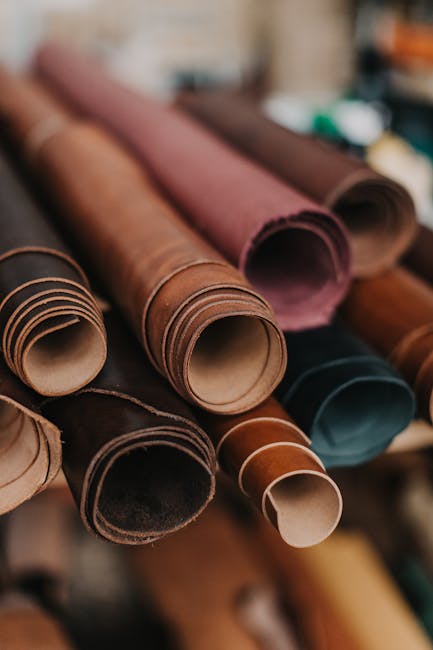The Evolution of Materials in Badminton Racket Manufacturing
Badminton, a sport that combines agility, speed, and precision, has witnessed significant transformations over the years. Central to these changes is the evolution of badminton racket manufacturing, particularly the materials used. From the humble beginnings of wooden rackets to today’s cutting-edge composites, understanding this evolution provides insights not just into the sport, but also into advancements in technology and material science.
The Humble Beginnings: Wooden Rackets
In the early days of badminton, rackets were crafted from wooden materials. These wooden rackets were simple in design but were effective for the style of play at the time. Wood was chosen for its availability and ease of crafting, but it had significant limitations in terms of weight and flexibility. Players had to adapt to the heaviness, which often limited the speed and agility of play.
The Advent of Metal: Aluminum and Steel Rackets
The 1960s marked a revolutionary period with the introduction of metal rackets. Aluminum and steel were the primary choices due to their durability and rigidity. These materials allowed for a lighter racket compared to their wooden predecessors, enabling players to deliver more powerful shots with greater control.
Advantages of Metal Rackets
Metal rackets brought numerous advantages to the table. They were resistant to warping and could withstand more aggressive play styles. The introduction of metals also meant rackets could be produced with thinner frames, reducing air resistance and enhancing maneuverability. This shift was crucial in evolving the dynamic nature of badminton.
The Rise of Composites: Graphite and Carbon Fiber
By the 1980s, the badminton world saw the emergence of composites, primarily graphite and carbon fiber. These materials revolutionized racket manufacturing by offering an ideal balance between strength and weight. Graphite rackets are incredibly lightweight yet strong, allowing for precise control and faster swing speeds.
Innovations in Composite Materials
The use of graphite and carbon fiber opened doors to further innovations. Manufacturers began experimenting with different blends and configurations, such as incorporating Kevlar for added strength and vibration damping. This period marked a significant increase in the customization of rackets, tailored to the specific needs of players.
Advanced Materials and Modern Technologies
The 21st century has continued to build on the foundation laid by composite materials with advancements in nanotechnology and hybrid materials. Nanotechnology has allowed manufacturers to manipulate materials at the molecular level, improving durability and performance without adding weight.
Hybrid Materials in Modern Rackets
Hybrid materials, which combine different composites, have become increasingly popular. For instance, combining carbon nanotubes with traditional materials enhances flexibility and strength, allowing players to execute powerful smashes without sacrificing control. These innovations have made modern rackets incredibly versatile, catering to diverse playing styles and preferences.
Statistics and Market Trends
According to recent statistics, the global badminton equipment market is expected to grow at a CAGR of over 6% from 2021 to 2026. This growth is driven by the increasing popularity of badminton worldwide and the continuous innovation in racket manufacturing. Players are constantly seeking rackets that offer enhanced speed, control, and power, pushing manufacturers to innovate further.
Actionable Tips for Choosing the Right Racket
When selecting a badminton racket, consider the following tips to ensure you choose the right one for your playing style:
- Weight: Lighter rackets are better for speed and agility, while heavier rackets offer more power.
- Balance: Head-heavy rackets provide more power, while head-light rackets offer better control.
- Flexibility: Choose a racket with the right level of flexibility for your strength and swing speed.
- Material: Opt for rackets made with advanced composites for better performance.
Conclusion
The evolution of materials in badminton racket manufacturing is a testament to the sport’s dynamic nature and the advancements in technology. From wooden rackets to state-of-the-art composites, each era has brought forth innovations that have shaped the way the game is played today. As materials continue to evolve, so too will the capabilities and strategies of players, ensuring that badminton remains an exciting and challenging sport for generations to come.
Top on Sale Badminton Racket Recommendation
